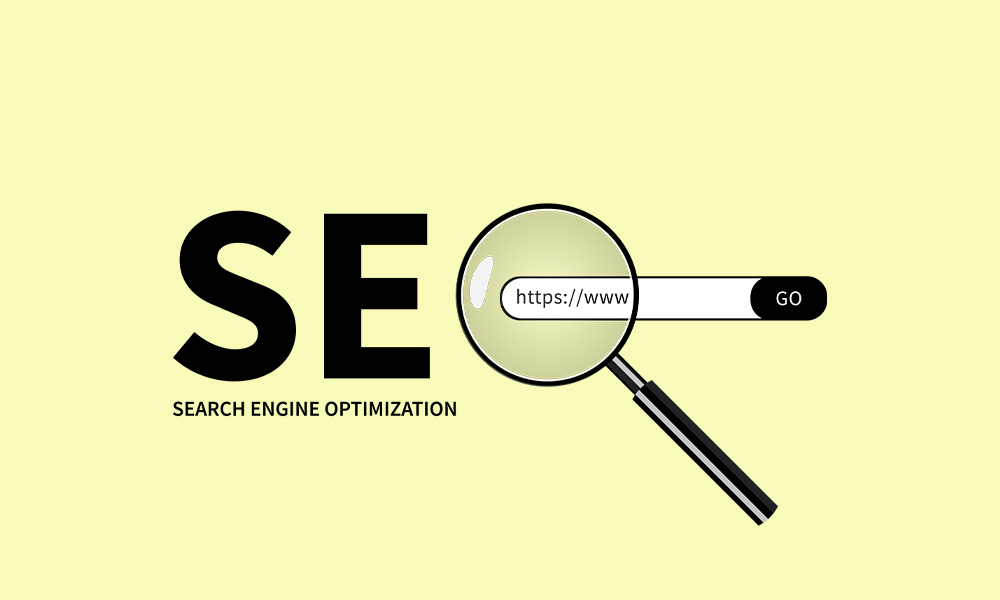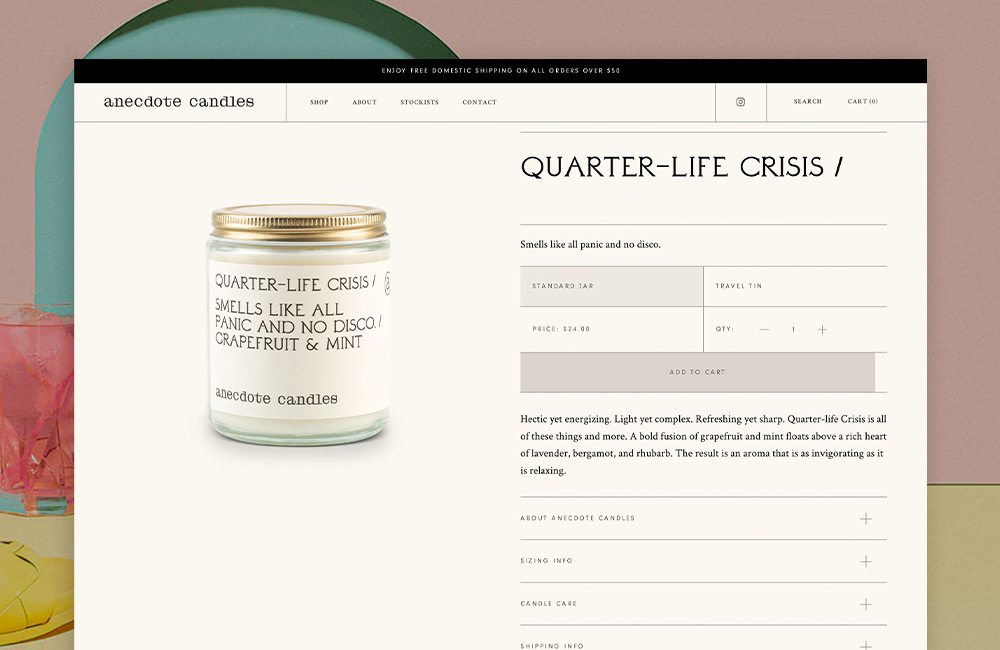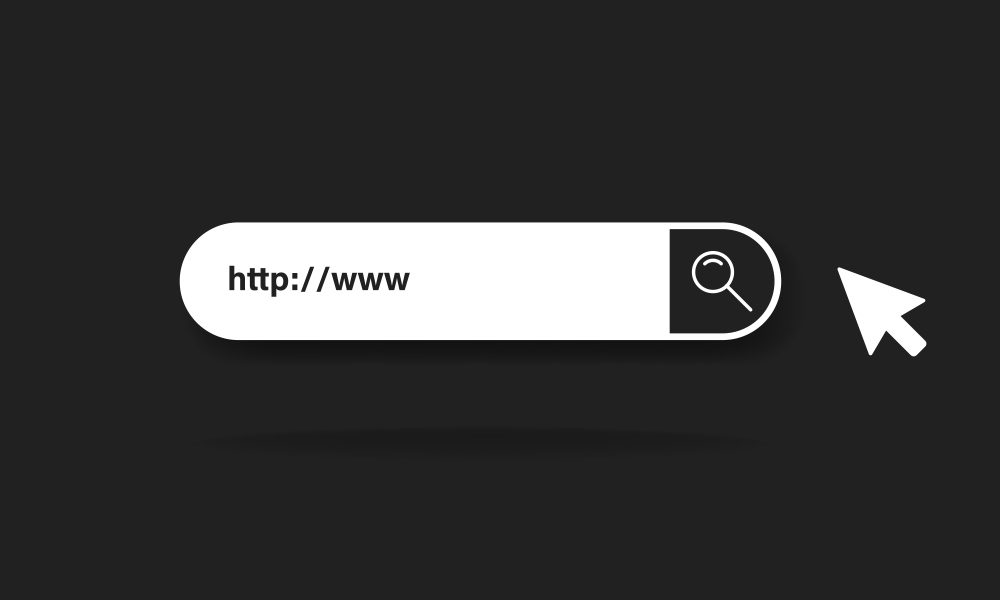On-Page SEO For E-Commerce: Basics You Really Need To Understand

eCommerce websites must be optimised for search engines. Today's buyers begin and frequently end their search for what they want to buy with a Google search. As a result, if your site isn't correctly optimised for search, you might be losing a lot of traffic, clients, and money!
Marketers frequently regard on-page SEO for eCommerce as the most natural aspect of advertising. What could be simpler: make sure all of your keywords are in the right places, avoid keyword cannibalization, and you're done! However, there are a few critical points to remember while optimising your eCommerce website for SEO.
One of the most difficult aspects of creating an eCommerce website is optimizing product pages for search engines. On-page SEO refers to the process of optimising individual product pages to rank higher in organic search results. It is one of the most important factors that will inevitably determine your online sales.
Even while on-page SEO for eCommerce sites may appear to be a difficult effort, it is still feasible.
Importance of on-page SEO
On-page SEO is exactly what it sounds like: optimising each page for keywords to improve search ranks and increase traffic. It's more of an art than a science because you'll need to blend your keywords naturally and user-friendly into your headlines, product descriptions, and other material.

Simply put, ranking higher in organic search results enhances the likelihood of your website generating visitors, which in turn increases the likelihood of a successful sale. And, using on-page SEO, you increase the likelihood that each product page will rank higher in search results.
On-page SEO for eCommerce websites often focuses on two types:
-
Pages for products
-
Pages for categories
Basics
Let's start off with the basic fundamentals behind individual web page optimization. This effort tries to help your page rank higher and get more relevant traffic in search engines. The term "on-page" refers to the content as well as the HTML source code of a page that can be optimized.

Keywords are the most important aspect of eCommerce SEO. And the keywords you choose have an impact on your overall SEO effort.
And good keyword research is by far the most straightforward approach to begin reaping the rewards of eCommerce SEO. Google's currency is language, therefore you must select the appropriate language for your SEO content for eCommerce.
✧ Keywords
In other words, keywords for an eCommerce website should have a decent mix of relevancy, search volume, and competitiveness.
Google Keyword Planner is a popular place to start when conducting research. However, we would urge you to first check out Amazon or Shopee or Lazada…basically those online shopping platforms. Today, 55% of shoppers begin their purchasing journey with an Amazon search. As a result, it should be your first stop on your route to flawlessly optimised pages.
Begin by typing the title of the product into the Amazon search field. I'm sure you'll get a lot of good keyword recommendations. Examine the SERPs for certain keywords to ensure they have relevant results that correspond to your pages. It will assist you in compiling a list of only highly relevant terms. Then use your chosen keyword tool to determine their search volume, expected amount of clicks, and complexity.

After you've compiled a list of keywords that you believe may be relevant, it's time to employ more complex tools to investigate their features. Don't go after long-tail keywords with high search volume. They are typically difficult to rank for because several eCommerce behemoths already dominate the search for these terms. Choose long-tail keywords with a lower search volume and pay particular attention to the estimated clicks and difficulty.
✧ Meta Stuff
An SEO-savvy copywriter can assist you with this, but here are some key points to keep in mind.
Title Tags
The title tag is a crucial ranking feature that Google considers when selecting whether to promote your goods as the most relevant search result. It's also the first thing searchers see when they look at results. It is critical to conduct keyword research to understand what searches your clients use. This allows you to put relevant targeted keywords in the title tags.

Meta Descriptions
The meta description is the copy that displays underneath the title tag on the search results page. While the copy isn't a ranking criterion, it's crucial to repeat your major keyword here so the searcher knows the page is related to their query. The purpose of optimising your meta description is to encourage visitors to click on your page in the search results and view your product.
Headers
Because the H1 headline often conveys what the page is about, Google's algorithm weights the keywords here more significantly than other usages on the page. To a lesser extent, the same is true for subheads (H2, H3, etc.). It is advisable to utilise your primary keyword in the H1 tag and secondary versions in the other H tags.
Subheads are also a wonderful way to arrange your website and make it more visually appealing to the visitor.
The product name is usually the H1 of the product page. To optimise for search engines, brands must include SEO in their product naming strategy, regardless of whether the product name incorporates the product type. For example, if you are selling an Alicante crossbody bag, the optimal product name for the H1 should be Alicante Crossbody. In some cases, brands can personalise the H1s without changing the product names.

✧ On-page Copies
The perfect page, according to Backlinko, has over 1000 words of material and uses the target keyword phrase and its variations three to five times. Why is it so high? Google prefers it when brands provide rich, detailed information to users, and sites that do so are more likely to thrive.
This can be difficult for eCommerce firms, particularly on product sites. It's just a suggestion, not a mandate, and you should never overwhelm the page with filler material solely to meet that amount. Instead, concentrate on what information will be useful to your customer and allow their needs to guide you.
We recommend that you investigate your competitors' websites and see what information is available on their product pages. This way, you can receive some ideas for your product text. Product specs, ingredients and usage instructions, and care tips are some of the components we recommend.
If typical clients require additional information before making a purchasing choice, a short FAQ section on the product page might also be beneficial. Last but not least, collaborate with your site designer on the visual layout. There is always a sweet spot for ranking higher in search engines without losing user experience.

Give Product Pages Precedence
While many companies utilise email marketing solutions to promote their product pages, they do not give them top SEO priority. Although broad SEO is fantastic, to boost sales you must direct people to your product pages. The product pages on your eCommerce website are the finest pages to direct visitors to. You may improve your product pages in several ways, such as:
Writing extensive product descriptions: Each product page should contain a full product description that lists the components used to produce the product as well as its various features.
Including product films: Including product action videos is a terrific way to set your items apart from those of your rivals. In addition to enhancing the user experience, this gives the user a greater understanding of the product.

• Links
A clever internal linking strategy forges a trail for your customers, directing them to where you want them to go next: related or popular product recommendations, and add-ons or up-sells. Internal links boost time spent on the site (a minor ranking consideration) and keyword density.
The anchor text for internal links should mirror the page's keyword objectives. For example, if you use the phrase "little black dress" to link to, well, a tiny black dress, Google knows what that website is about.
• Images
You should also include your keywords in the image title and alt tag. As a result, if customers search Google Photographs for your keywords, your product images are more likely to appear. It's also beneficial for accessibility, as screen readers employ alt tags to describe photos to persons with vision problems.
Pro Tip: With a little luck and a lot of strategies, you could potentially rank your sites for both your goal keywords and a slew of related search terms. This is known as Latent Semantic Indexing (LSI), and you may aid it by researching similar keywords and including them in your on-page SEO. This should occur organically if you present genuinely relevant and useful information on the subject.
These tactics will improve your page's ranking in search engines as well as Google Shopping. Do these six things for every page on your eCommerce site, and you'll be able to place your products and content in front of individuals who want to find it.

• URL
URLs on eCommerce websites often appear jumbled. Especially if your category hierarchy is complicated. Avoid using generic URL slugs in favour of ones that are clear and readable. It is preferable to use the URL structure:
- yoursite.com/category-title
- yoursite.com/category-title/subcategory-title/product-page-title
- yoursite.com/category-title/subcategory-title
It is simple and uncomplicated. However, there are a few points to consider. You should prevent excessive repetition in the URL's category and product titles. As a result, you may use "summer-dresses" as a category title in the URL without repeating it for a product title like "Japanese-floral-summer-dresses." Simply keep to the product title.
Also, on product pages, avoid using modifiers. For example, "yoursite.com/articles/best-summer-dresses-2022" appears to be a blog post URL rather than a product page URL.
• Descriptors
When you look at large-commerce websites, you will find that almost all of them have distinct product descriptions on their pages. There are two compelling reasons to do so:
-
Descriptions inform Google about your page and aid in its ranking for a specific search query.
-
Descriptions assist users in understanding what to expect on this page.
Google ranks pages based on an algorithm that "reads" text. And if a page lacks text content, it will be difficult to rank high. Furthermore, you will require completely distinct descriptions on your pages. Templated ones, such as the ones we used for the Meta-stuff, will not work here.
At first, the procedure of crafting unique descriptions for the category and product pages is similar: incorporate your target keyword into the text, then sprinkle long-tail variations and LSI keywords where they make sense (don't spam!). However, there are a few critical aspects to remember:
-
Make descriptions for humans, not machines. Check that they are well-written and easy to read.
-
Include a lot of information about the products, such as features, maintenance requirements, sizes, variations, delivery notes, and so on.
-
For features and other items that can be listed, use bullet lists.
E-Commerce stores will occasionally sell their products on other platforms or marketplaces as well. We would not suggest having the same description for your website and those marketplaces as those platforms have higher domain authority and other criteria that help them rank higher and "steal" visitors from your site.
Pro tip: Many eCommerce shops sell to customers from all over the world. To keep ahead of your competitors, it's a good idea to look into some local SEO techniques.

• Schema Markups
Schema Markup makes your product pages more appealing in search results by providing additional information to users, which can increase CTR by up to 30%. As a result, your website receives increased visitors and you make more sales.
Google uses this information to assess and rank your pages. It is especially ideal for mobile SEO for eCommerce websites because it allows data to be shown in the form of cards:
Pro tip: Add markup to your product pages so that Google may display detailed product information in rich Search results, such as Google Images. Users may see the price, availability, and review ratings straight on the search results page.
Remember that if you utilise Schema Markup for one item on a category page, you should mark them all up, according to Google's Webmaster standards. However, rich data for category sites will not appear in SERPs, so don't overdo it.

Closing Words
As we’ve mentioned throughout this article, on-page SEO is a critical element in determining an eCommerce website's rating in organic search results. It cannot, however, be done and left unattended. With modifications in your keyword research, you must constantly alter your site's on-page SEO.
Above all, ensure that you fulfil search intent and satisfy your clients by delivering them exactly what they desire. If you follow these procedures, you will gradually see an increase in organic traffic to your website.
More articles please read 9-Step Easy Guide For Digital Marketing Plans

